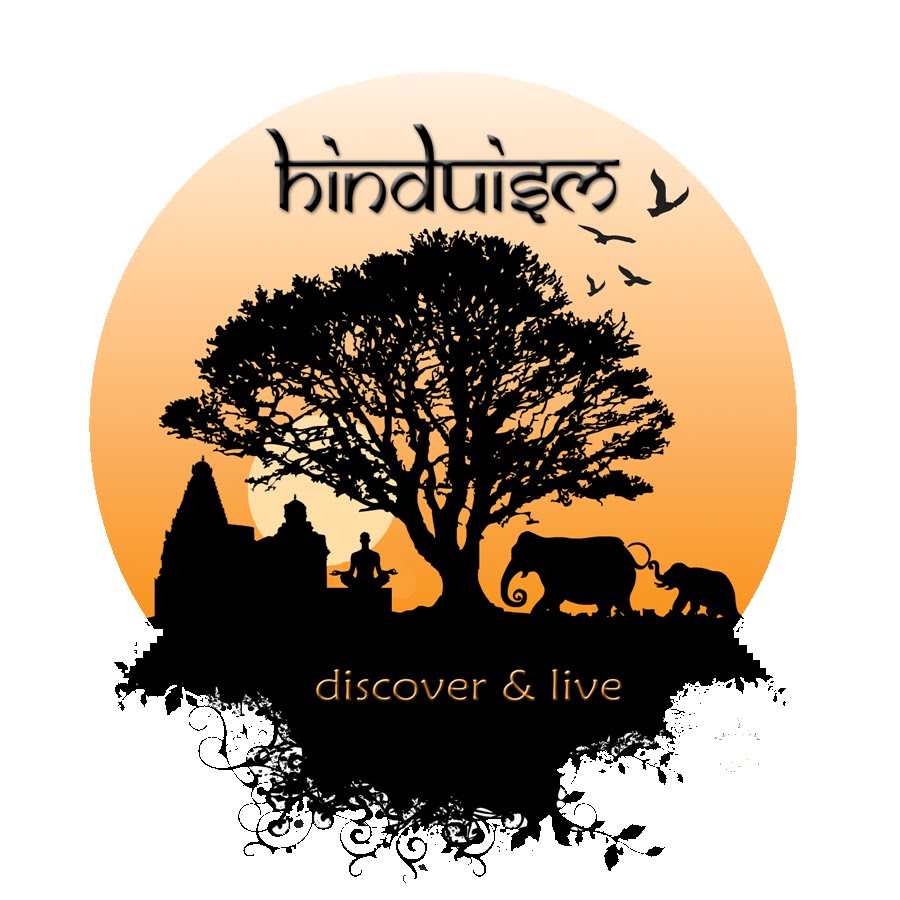 About 80 percent of India’s population regard themselves as Hindus and 30 million more Hindus live outside of India. There are a total of 900 million Hindus worldwide, making Hinduism the third largest religion (after Christianity and Islam).
About 80 percent of India’s population regard themselves as Hindus and 30 million more Hindus live outside of India. There are a total of 900 million Hindus worldwide, making Hinduism the third largest religion (after Christianity and Islam).
The term “Hinduism” includes numerous traditions, which are closely related and share common themes but do not constitute a unified set of beliefs or practices.
Hinduism is thought to have gotten its name from the Persian word hindu, meaning “river,” used by outsiders to describe the people of the Indus River Valley. Hindus themselves refer to their religion as sanatama dharma, “eternal religion,” and varnasramadharma, a word emphasizing the fulfillment of duties (dharma) appropriate to one’s class (varna) and stage of life (asrama).
Hinduism has no founder or date of origin. The authors and dates of most Hindu sacred texts are unknown. Scholars describe modern Hinduism as the product of religious development in India that spans nearly four thousand years, making it the oldest surviving world religion. Indeed, as seen above, Hindus regard their religion as eternal (sanatama).
Hinduism is not a homogeneous, organized system. Many Hindus are devoted followers of Shiva or Vishnu, whom they regard as the only true God, while others look inward to the divine Self (atman). But most recognize the existence of Brahman, the unifying principle and Supreme Reality behind all that is.
Most Hindus respect the authority of the Vedas (a collection of ancient sacred texts) and the Brahmans (the priestly class), but some reject one of both of these authorities. Hindu religious life might take the form of devotion to God or gods, the duties of family life, or concentrated meditation. Given all this diversity, it is important to take care when generalizing about “Hinduism” or “Hindu beliefs.”
The first sacred writings of Hinduism, which date to about 1200 BC, were primarily concerned with the ritual sacrifices associated with numerous gods who represented forces of nature. A more philosophical focus began to develop around 700 BC, with the Upanishads and development of the Vedanta philosophy. Around 500 BC, several new belief systems sprouted from Hinduism, most significantly Buddhism and Jainism.
In the 20th century, Hinduism began to gain popularity in the West. Its different worldview and its tolerance for diversity in belief made it an attractive alternative to traditional Western religion. Although there are relatively few western converts to Hinduism, Hindu thought has influenced the West indirectly by way of religious movements like Hare Krishna and New Age, and even more so through the incorporation of Indian beliefs and practices (such as the chakra system and yoga) in books and seminars on health and spirituality.
Sources
- “Hinduism.” Oxford Concise Dictionary of World Religions.
- “Hinduism.” Encyclopedia Britannica. Encyclopedia Britannica Premium Service. 2004.
- Huston Smith, The World’s Religions.
- Linda Johnsen, The Complete Idiot’s Guide to Hinduism, pp. 222-24.





